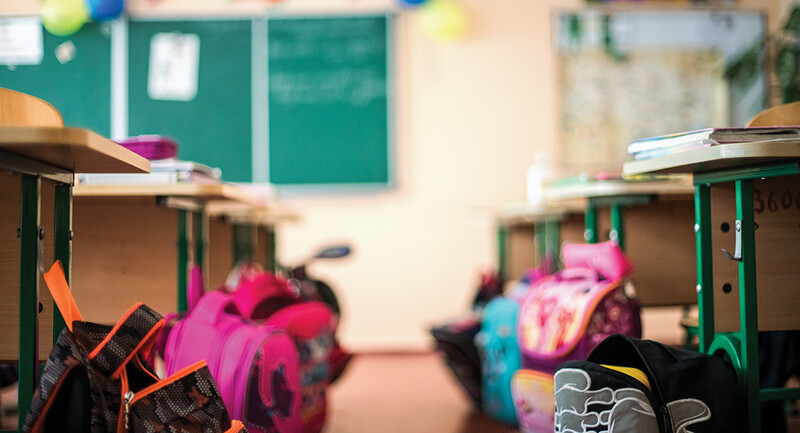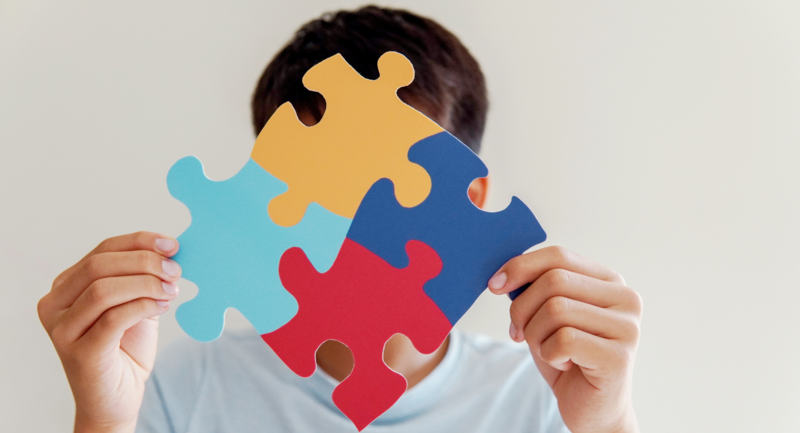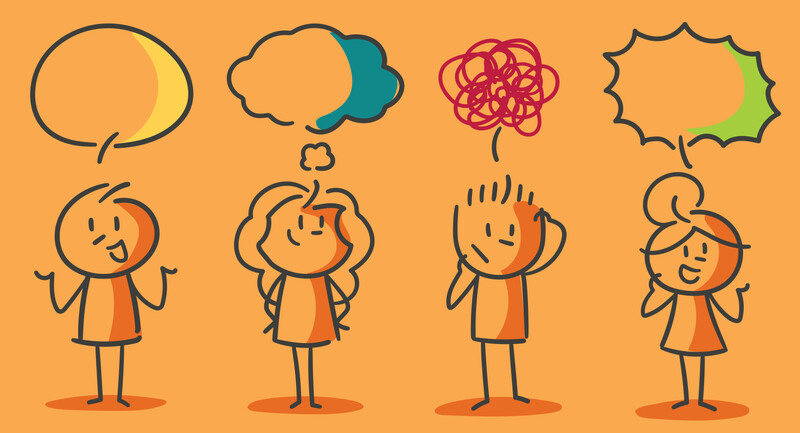Classroom climate has a direct influence on student learning. A classroom that is psychologically intimidating inhibits the free exchange of ideas, while one that is too noisy or unstructured can hinder focus and deep thinking. However, less attention is given to how the physical environment communicates who and what is valued. The National Center on Safe Supportive Learning Environments (2022), using findings from the U.S. Department of Education School Climate Surveys, reports that the physical environment influences student behavior and achievement, as well as teacher absenteeism. We must attend to the physical environment of schools, especially for students who face systemic obstacles, including those living in poverty.
The Influence of Learning Spaces
The psychologist Abraham Maslow's theory on the hierarchy of needs has had a far-reaching influence on education. One of his less well-known experiments is recounted by Mathews and Soistmann (2020) in their article on the influence of library spaces. Maslow showed photographs of people's faces to participants in one of two conditions: in a well-lit and pleasant room, or in a janitor's closet. "In the nicer room," the authors write, "people interpreted the faces in the photos as filled with energy and well-being. The same faces were seen as fatigued and sickly when viewed in the run-down room." In other words, participants' perceptions were influenced by the physical surroundings.
Physical Conditions and Equity
School leaders serving students living in poverty know how important it is to attract and retain highly qualified teachers. But school buildings in disrepair signal to community members that they are not valued. The result is often poor morale among employees and less family involvement. Student demographics are often cited as a reason that teachers don't bid for positions at these schools. Yet Horng's 2009 study of more than 500 elementary teachers found that the condition of the facility outweighed other factors, such as class size, when identifying work conditions that figure into selecting a position. In fact, in other research, school condition was "more than twice as important as student demographic variables and 30 percent more important than salary" (Uline et al., 2010). A "clean and safe" environment is not superfluous, the researchers state. It is a crucial, but underrepresented, element of equity in education.
The way we create a learning environment with ourselves and our students in mind can transform it from a space to a place, one that is meaningful to students personally and emotionally.
"The Third Teacher"
Founded in Italy in the years following World War II, Reggio Emilia is an influential, constructivist approach to learning for very young children. One of its principles is that the environment is "the third teacher," after educators and families. In other words, the spatial qualities of a classroom can support the learning that occurs within its walls, if they are carefully designed.
Unfortunately, classroom design in our schools too often devolves into classroom decorating. Bulletin boards filled with commercially prepared products tell children that they are not unique. Classrooms filled with neon colors—common in elementary schools—provoke anxiety for some students, especially those who have experienced trauma. And classrooms filled with too many objects leave many feeling as if their presence is less important than the teacher's favorite possessions.
The Australia Children's Education and Care Quality Authority provides expectations for how teachers should use physical spaces, stating that schools and classrooms should:
Foster encounters and encourage communication and relationships.
Create environments filled with natural light, order, and wonder.
Invite children to delve deeper, investigate, and represent their learning through a range of mediums.
The ACECQA advises developing a physical environment that promotes an assets-based instructional approach and is invitational and reflective of those who use the space. We've adapted these ideas into questions we believe can be instructive for leaders and educators maintaining classrooms:
How does this classroom encourage students to make choices and learn decision making?
How does this classroom support students' sense of security?
Is student work displayed, and what role do students have in selecting work for display?
How are displays of student work a reflection of works in progress, not just final versions?
How does this classroom encourage collaboration among students?
How do classroom materials reflect the interests, experiences, and cultures of students and the community?
In the video that accompanies this column, 4th grade teacher Sarah Ortega leads a tour of her classroom at Harborside Elementary in Chula Vista, California. The school serves a diverse, vibrant community, where 80 percent of students qualify for free or reduced-price lunch and 75 percent are English learners. We invite you to consider the questions above as you tour Sarah's classroom. Her classroom's physical environment reflects the relationships among the people who use it, and you'll notice each space is carefully designed to support student learning.
Moving From Space to Place
In their study of library spaces, Mathews and Soistmann (2020) noted that school communities are "swayed by our surroundings." The people who use a space can form attachments to it because of the relationships contained within. They see themselves and their identities represented in it and find the space to be useful and positive. The way we create a learning environment with ourselves and our students in mind can transform it from a space to a place, one that is meaningful to students personally and emotionally. Students deserve to step into places that value them and amplify their voices. Educators deserve to work in places that bring out the best in them. By reflecting the vibrancy of the communities we are honored to serve, we can do a better job of inviting them in.
Show & Tell / Equity-Minded Learning Environments









